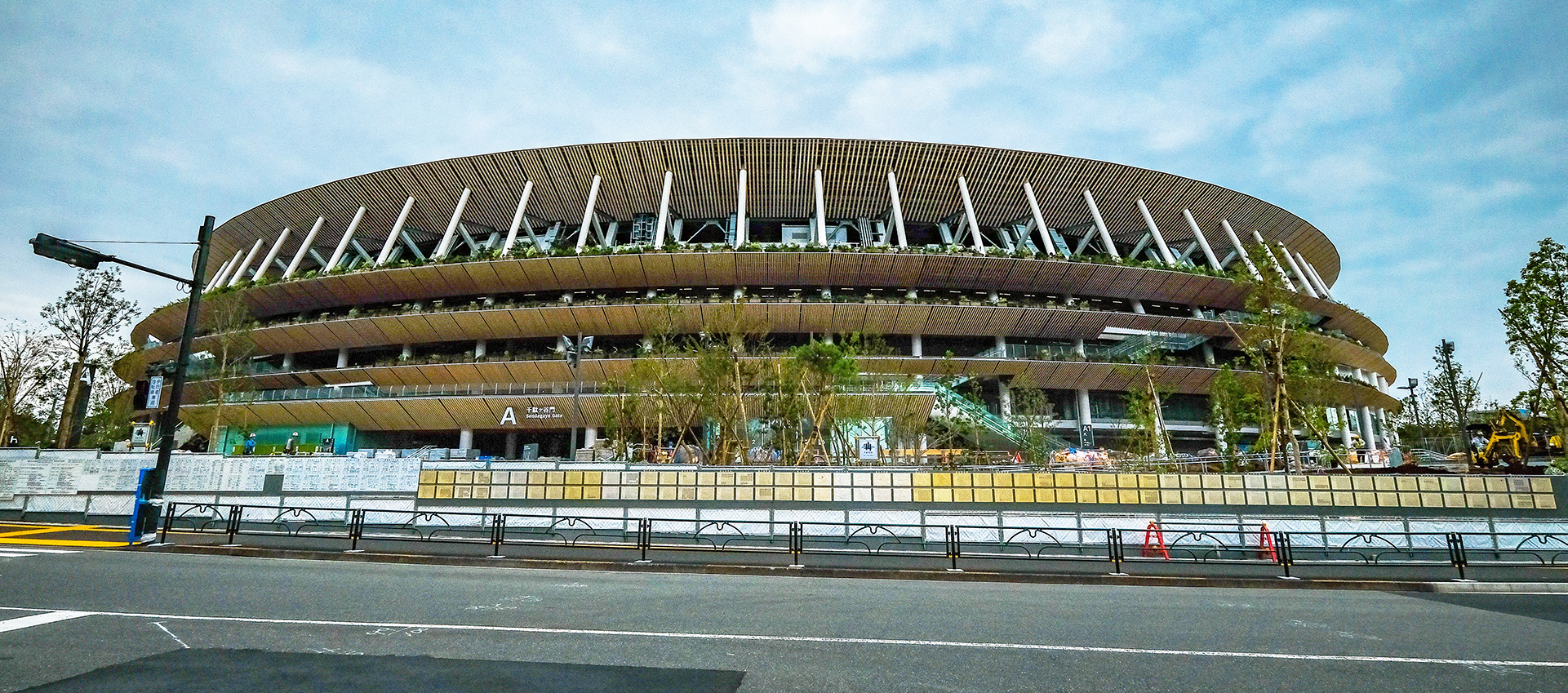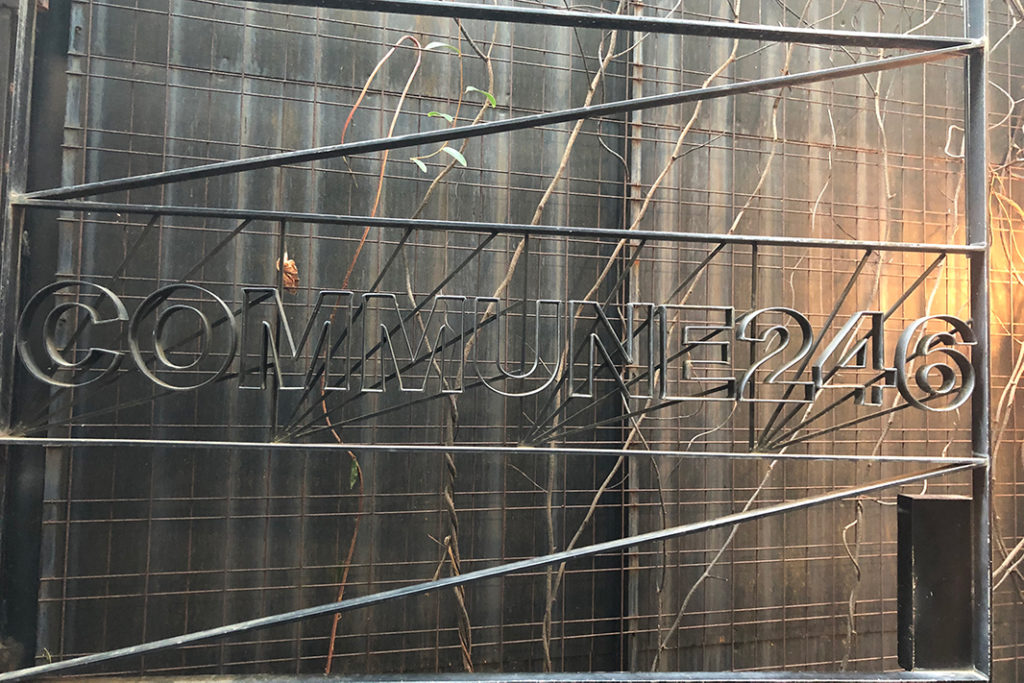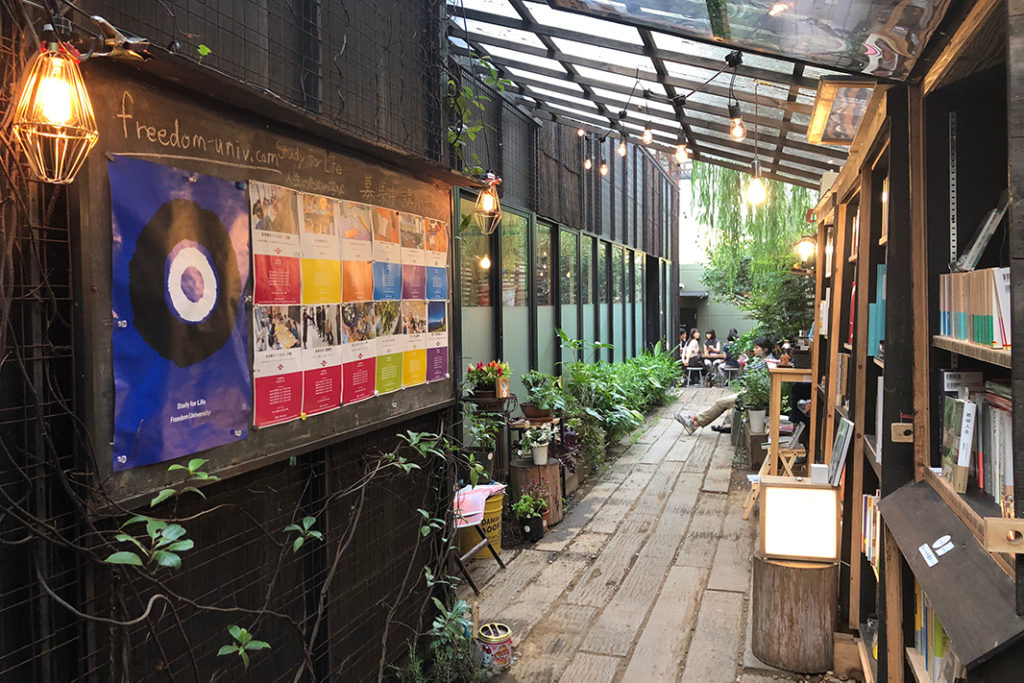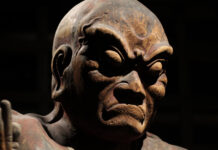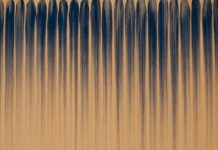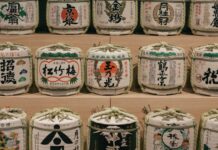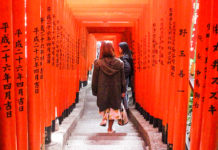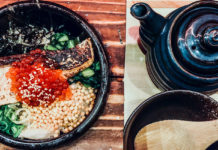Tokyo is a sprawling metropolis with countless landscapes to explore. Besides the main touristy areas, there are plenty of beautiful, lesser-known neighbourhoods worth visiting which include fascinating architecture. On our trek through the Aoyama area, we’ll visit some of the works of renowned Japanese architecture firm Kengo Kuma. If you’re looking for a different, quieter walking route in this megacity, you’re in the right place. Follow the route here.
The New National Stadium
We start our trek at the New National Stadium which will hold both the opening and closing ceremony for the 2020 Tokyo Summer Olympics and Summer Paralympics. It sits on the site of the old National stadium which was demolished to make way for Kengo Kuma’s modern reconstruction. The contemporary façade features beautiful warm wooden hues and greenery.

We enjoyed a quiet stroll around the stadium with only the occasional jogger going by. Walking along the green wall towards Meiji Jingu Baseball Stadium, we followed the curve of the road. After a short while, we saw the tall ginkgo trees elegantly lining Jingu Gaien Gingko Avenue, providing shade for pedestrians.
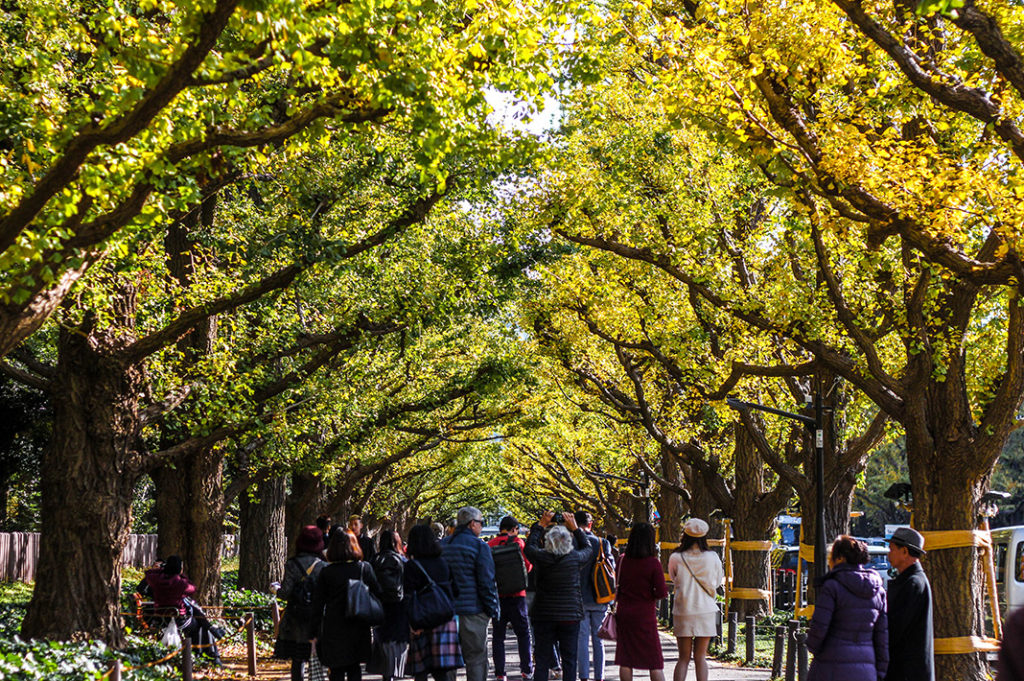
This view is certainly pretty in summer, but autumn is the most scenic time when the gingko leaves become a radiant yellow. A very Instagrammable scene.

Just past Shake Shack Gaien and the Royal Garden Café Aoyama, we crossed onto the opposite side of Aoyama-dori. From here, turn around and you’ll see the Meiji Memorial Picture Gallery framed by the row of gingko trees.
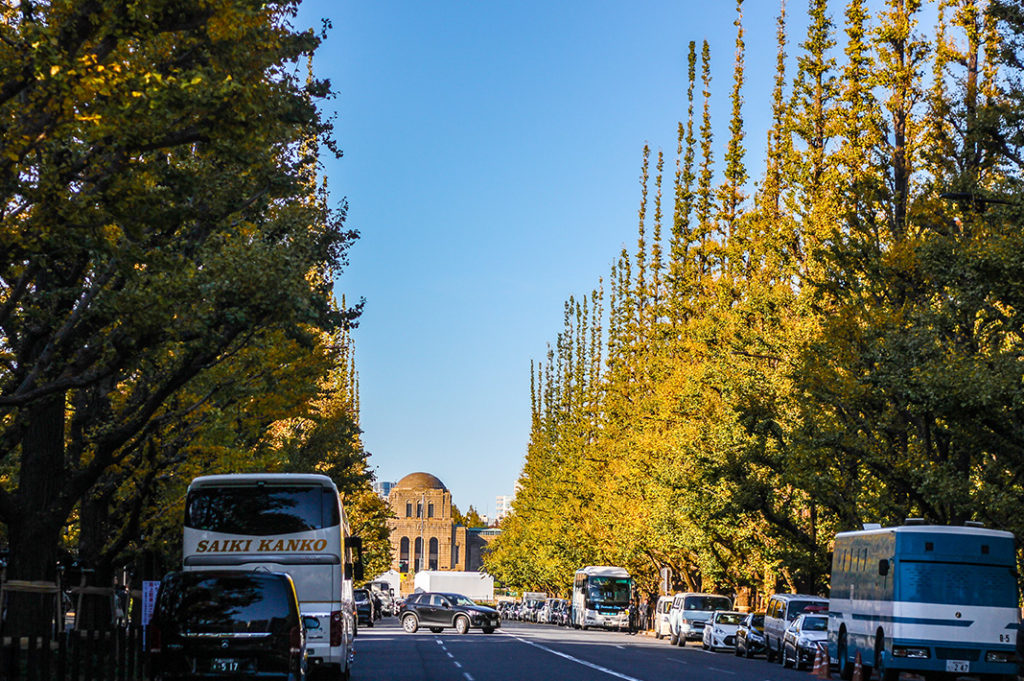
The Sprawling Aoyama Cemetery
We took a left turn towards Minami Aoyama 2-chome and strolled past the local shops and restaurants towards Aoyama Cemetery. This oasis in the heart of the metropolis is the resting place of many notable people. One of the most visited graves is that of the beloved Hachiko—the faithful dog whose statue adorns Shibuya Station—and his owners.
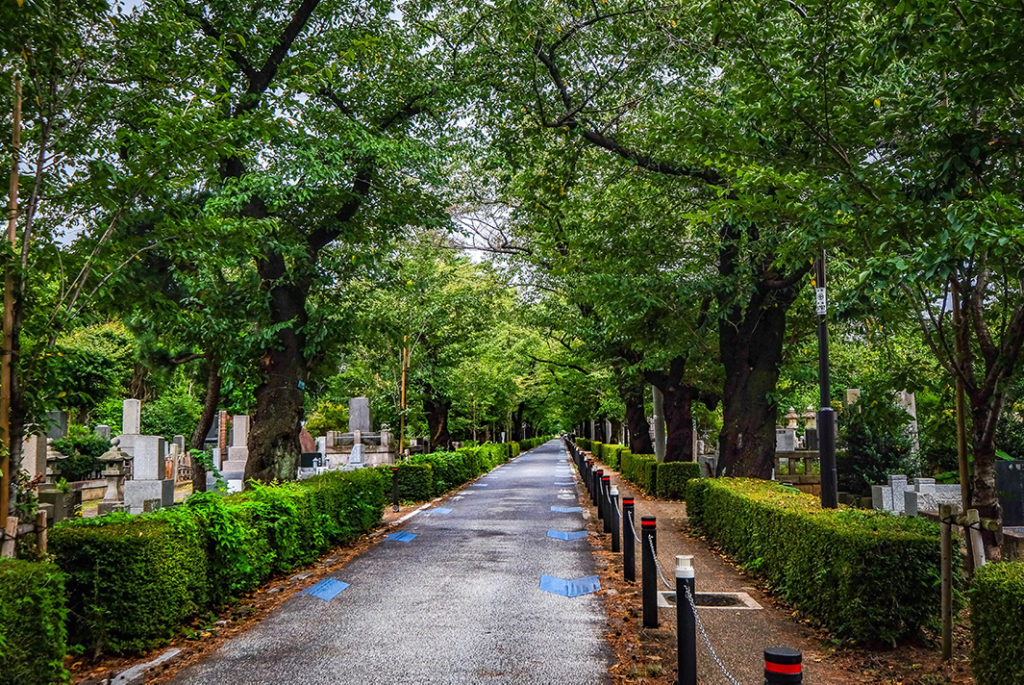
The street running through Aoyama Cemetery is flanked by cherry blossom trees. This not only makes a summer stroll appreciably cooler but turns a spring walk into a gorgeous parade of sakura. Walking towards the center of the cemetery, we couldn’t help but notice how peaceful and quiet it was. From here, we could see both Roppongi Hills and Roppongi Midtown buildings past the graveyard. We continued to walk towards the Nezu Museum, just off the south end of the bustling Omotesando Avenue.

A Collection of Japanese and Asian premodern art
Another Kengo Kuma project, the Nezu Museum is a minimalist space with grey structures and walls of glass and bamboo. The gallery houses a private collection of over 7,000 Japanese and Asian sculptures, paintings, ceramics, textiles and bronze objects. Interestingly, some of these even date back to the 11th century B.C. While you’re there, make sure to step outside and explore the lush Japanese gardens behind the gallery building. Get lost in the winding walkways as you stumble upon traditional tea houses surrounding the hidden pond. In this place, it’s easy to forget you’re in the middle of hectic Tokyo.
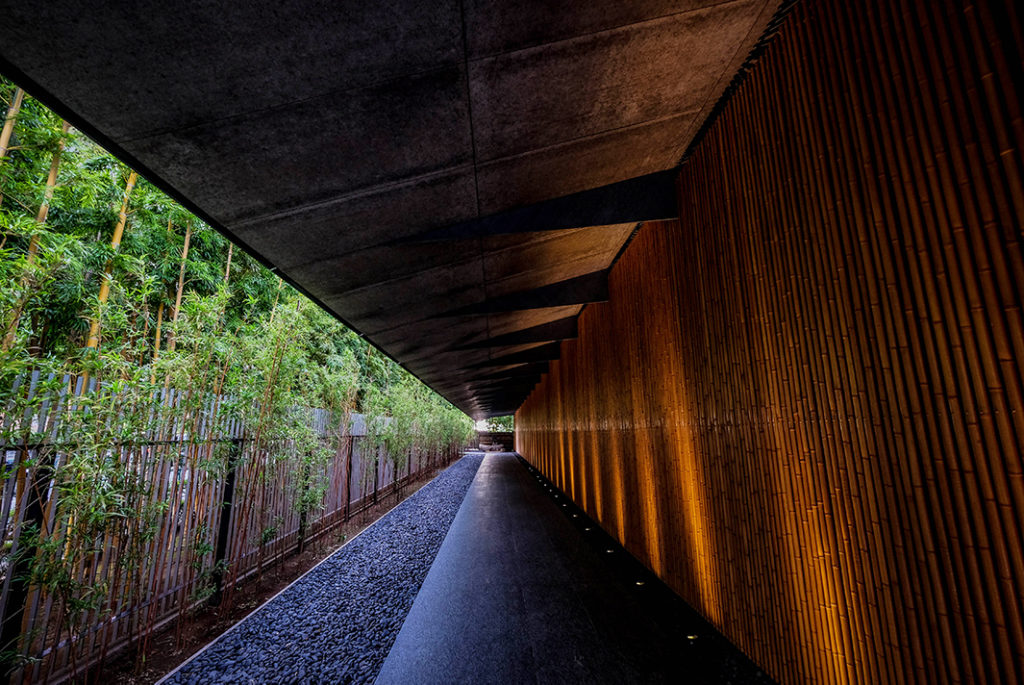
After almost an hour of walking and chilling in this hidden oasis, we decided to head back into society. Our mission: to check out Shozo Coffee Store and Qu’il Fait Bon for some fruit tarts. On the way, we passed a line of designer shops: Prada, Miu Miu, Issey Miyake, Stella McCartney and the like.
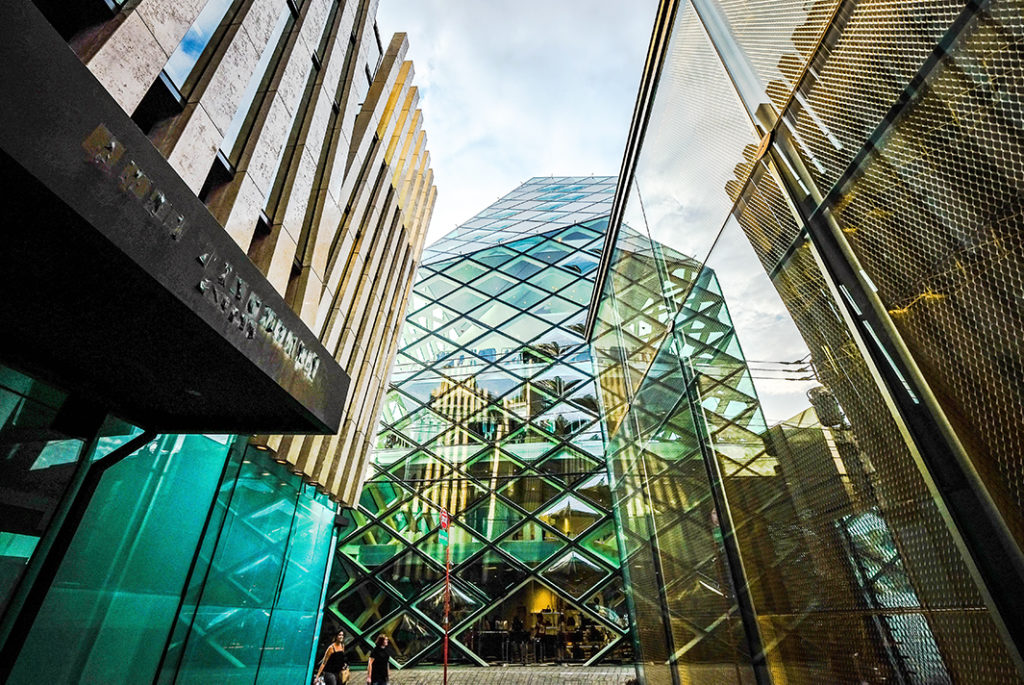
When we finally reached Qu’il Fait Bon, there was a long line outside the shop with a 45-min waiting time. Just a few shops away is the adorable little Shozo Coffee Store. However, for those who prefer a cocktail to a coffee, take the side door into Commune. (Note: previously named Commune 246 as the door says, or Commune 2nd as Google Maps might say).
A Taiwanese Pineapple Cake Shop
Our last stop is the low-profile yet visually striking Sunny Hills project by Kengo Kuma. This pineapple cake shop, resembling a bamboo basket, sits tucked away in a quiet pocket of Omotesando. We can only imagine the Japanese craftsmen who built this structure piece by piece.
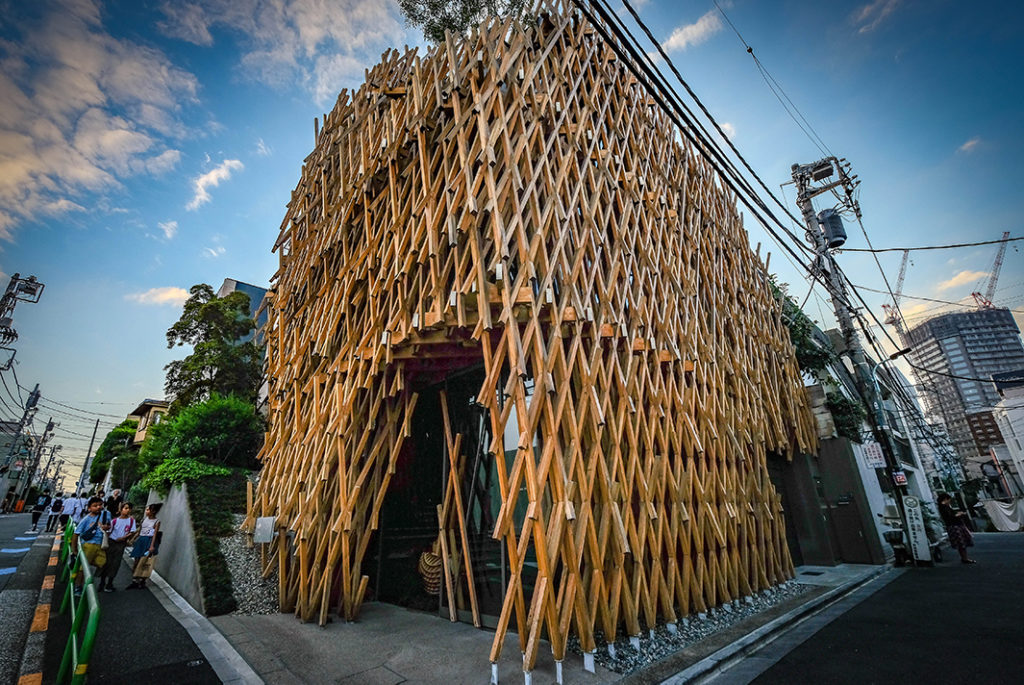
Step inside to sample the pineapple cake or a warm cup of tea, compliments of the shop. We love Sunny Hills’ pineapple cake because it uses actual pineapples (most pineapple cake brands incorporate winter melon). The taste of the pineapple cake changes each season, becoming sweeter in summer thanks to more sun exposure.
The seating area is upstairs and walking up the steps is certainly a journey of its own. We marvelled at the hinoki (Japanese cypress) bars interlaced using a traditional Japanese joining system. What a way to showcase the elegant Japanese cypress and the skilful Japanese craftsmanship.
If you have more time, continue your stroll to discover more of Omotesando. There is everything from edgy designer stores off the main street to trendy bars or restaurants for al fresco dining. The sky is certainly the limit!
Post by Japan Journeys.



